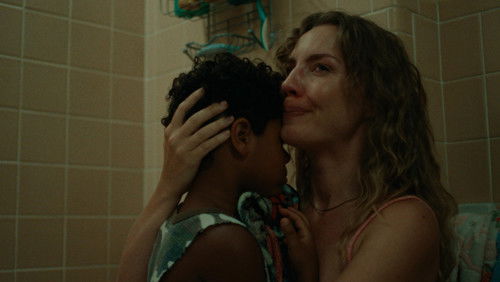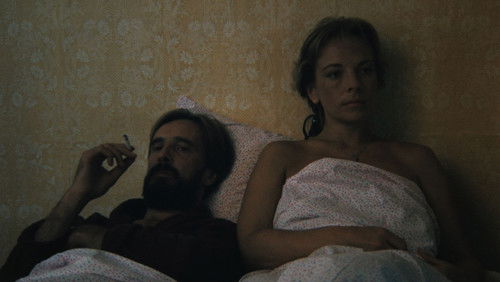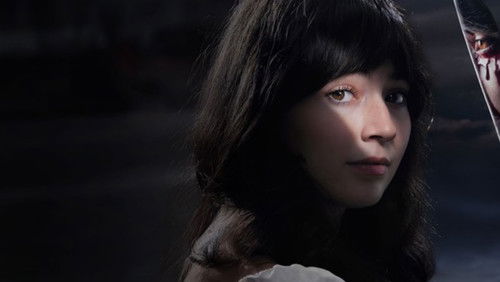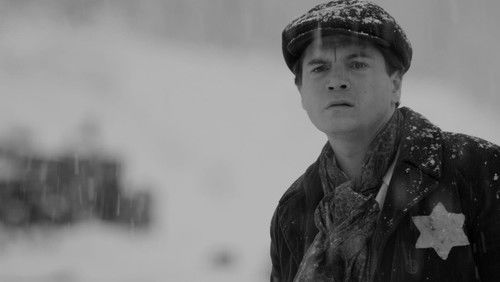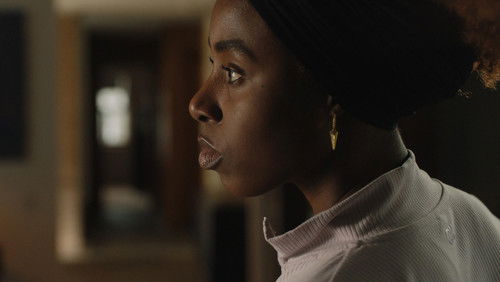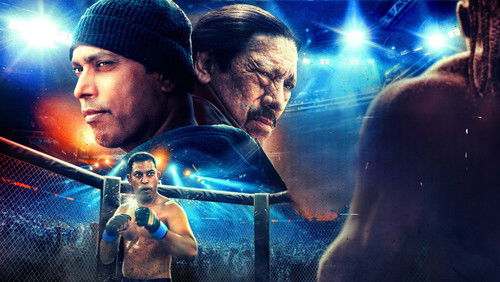Shinsengumi shimatsuki (1963)
10KShinsengumi shimatsuki: Directed by Kenji Misumi. With Raizô Ichikawa, Shiho Fujimura, Tomisaburô Wakayama, Shigeru Amachi. As change sweep Japan, an honest man joins the Shinsengumi out of respect for their leader and because he wants to live and die as a samurai. However, as his involvement goes, reality and idealism come into deadly conflict.
“This early Kenji Misumi picture recounts the story of a band of samurai loyal to the Shogunate, the Shinsengumi, saving Kyoto from a conspiracy of Imperialists. Although certain facts are communicated early in the film, I think reading up on the history of the Shinshengumi helps A LOT with taking in the movie. If anything, you can put the events that transpire in the greater context of 19th century Japanese history. Itu0026#39;s a most troubled time for the Tokugawa Shogunate as itu0026#39;s forced to deal both with external pressure to open up commerce and modernize and with internal pressure from Imperialists, loyal to the Emperor who will be later restored in the Meiji Restoration. Wikipedia is your friend here.u003cbr/u003eu003cbr/u003ePart political intrigue, part historical drama, part action, Shinsengumi Chronicles judging by the look of it (and budget by extension) is more an ordinary genre picture by Daei Studios (whose regular employee was Misumi back in the day) than a lavish period piece. It can be slow during the first half, partially because certain plot points are telegraphed in that very explicit Japanese fashion and mostly because it spends too much time with people talking in not very inspired interior cardboard sets. Stick with it though u0026#39;cos this one goes out with a bang.u003cbr/u003eu003cbr/u003eMisumi shows his flair as an action director in the closing battle sequence that oozes raw energy from every bloody pore. Observant astrologists of the time would have predicted that when the time was right and the planets in the correct alignment, Misumi would be in a position to deliver a masterpiece: which he did in 1972, in the form of the glorious Lone Wolf and Cub. Speaking of which, a young Tomisaburo Wakayama teams up with Raizo Ichikawa (whom Misumi worked with in the Satanu0026#39;s Sword trilogy) as the central duo. Wakayama plays Kondo, the farmer-turned-samurai that leads the Shinsengumi and as one would expect he just steals every scene. Ichikawa is certainly not bad, he wasnu0026#39;t a famous chambara actor for no reason after all (working mostly on b pictures though), but Iu0026#39;m generally not a big fan. Wakayama is not as grim as his Ogami Itto, but heu0026#39;s still a top notch physical actor with an imposing presence so when the action hits the screen, itu0026#39;s all guns blazing.u003cbr/u003eu003cbr/u003eThe story of the Shinsengumi was revisted in 1969 by Tadashi Sawashima in a film starring Toshiro Mifune. This early incarnation might not quite make best-of-all-time lists but itu0026#39;s still a fine picture that chambara afficionados will dig.”
